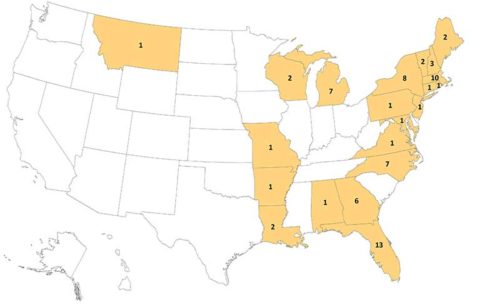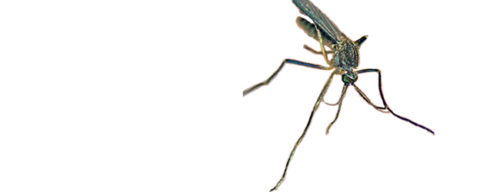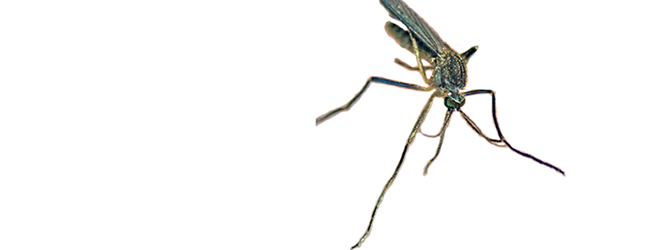
A Michigan man went from perfectly healthy to brain dead after 9 days thanks to the rare, mosquito-borne virus Eastern equine encephalitis (EEE).
According to the Centers for Disease Control and Prevention (CDC), the EEE virus can cause a rare brain infection called encephalitis. Around 30 percent of individuals who catch the virus die. Those that survive can suffer mild to severe brain damage.
Each year, between 5 to 10 cases are reported the CDC states. These mostly occur during the late spring to fall in subtropical areas, such as the Gulf States. The insects lay their eggs in or around water, so EEE-carrying mosquitoes most often lurk in swampy areas. –Newsweek
21 people have reportedly dies from EEE this year up from an average of 7 in previous years.
There is no cure for EEE and health specialists say they only way to protect yourself from EEE is to not get bit by mosquitoes.
While EEE is uncommon, you should still be looking out for these symptoms if you have been in mosquito infested areas recently:
Once a person is bitten and becomes infected with EEE, it can take between four to 10 days for symptoms of the virus involving encephalitis (EEEV) to emerge. These symptoms include headache, chills, vomiting and a high fever. They may then feel disorientated, experience seizures and fall into a coma. Doctors can diagnose EEE with a blood test.

How can people reduce the chance of getting infected with EEE?
There is no human vaccine for EEE. The best way to protect yourself is to keep mosquitoes from biting you. Consider wearing long sleeves and tucking pants into socks and shirts into pants when outdoors at dusk or dawn, the time of day when mosquitoes are most active. People spending time outdoors in mosquito-infested areas can use insect repellents containing DEET. More information on repellents can be found at Environmental Protection Agency- insect-repellents. In addition:
- Be sure to follow the insect repellent label directions.
- Try to reduce the use of repellents by dressing in long sleeves and pants tucked into socks or boots.
- Children should not handle repellents. Instead, adults should apply repellents to their own hands first and then gently spread on the child’s exposed skin. Avoid applying directly to children’s hands. After returning indoors, wash your child’s treated skin and clothing with soap and water or give the child a bath.
- Do not apply near eyes, nose or mouth and use sparingly around ears.
- After returning indoors, wash treated skin with soap and water.
To reduce the mosquito population around your home and property, reduce or remove all standing water:
- Dispose of tin cans, plastic containers, ceramic pots or similar water-holding containers.
- Remove and recycle all discarded tires on your property. Used tires are a significant mosquito-breeding site.
- Drill holes in the bottoms of recycling containers that are kept outdoors.
- Make sure roof gutters drain properly and clean clogged gutters in the spring and fall.
- Remove leaf debris from yards and gardens.
- Turn over wading pools and wheelbarrows when not in use.
- Change the water in birdbaths twice weekly.
- Clean vegetation and debris from edges of ponds.
- Clean and chlorinate swimming pools, outdoor saunas, and hot tubs.
- Drain water from pool covers.
- Use landscaping to eliminate standing water that collects on your property.
- Make sure window and door screens fit properly and are in good condition.

